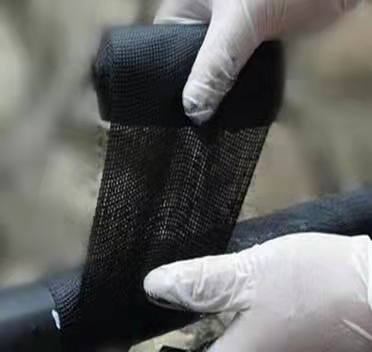Understanding Industrial Marking Tape An Essential Tool for Safety and Efficiency
In industries ranging from manufacturing to construction and warehousing, safety and efficiency are paramount. One tool that has proven crucial in achieving these objectives is industrial marking tape. This versatile product is designed to serve various purposes, including marking hazards, designating walking paths, and labeling equipment. By examining the features and applications of industrial marking tape, we can better understand its role in enhancing workplace safety and efficiency.
What is Industrial Marking Tape?
Industrial marking tape is a durable adhesive tape designed specifically for industrial environments. It is available in a variety of colors, widths, and materials, each serving distinct functions. Common materials include vinyl, which is flexible and easy to apply, and fabric, which offers additional durability for high-traffic areas. The tapes are often resistant to chemicals, moisture, and UV light, making them ideal for harsh industrial settings.
Applications of Industrial Marking Tape
One of the primary uses of industrial marking tape is for safety
. Brightly colored tapes can effectively indicate hazardous areas such as electrical setups, heavy machinery zones, or slippery surfaces. By clearly marking these areas, organizations can reduce the risk of accidents, ensuring a safer working environment for employees.Another significant application is in workflow management. In busy environments such as warehouses, marking tape can designate specific pathways for pedestrian traffic or create organized zones for storage. This not only helps in maintaining order but also improves operational efficiency, as workers can navigate the facility smoothly without confusion.
industrial marking tape

Industrial marking tape is also frequently used for labeling purposes. Companies can mark equipment with pertinent information, such as maintenance dates, safety instructions, and usage guidelines. This labeling helps in quick identification and reduces downtime, as employees can easily find and understand the necessary information.
Choosing the Right Tape
When selecting industrial marking tape, it is vital to consider factors such as the environment in which it will be used, the type of surfaces it will adhere to, and the length of time the markings need to last. For outdoor applications, UV-resistant tapes are essential, while for indoor use, a good quality vinyl tape may suffice.
Another consideration is the width of the tape. Wider tapes are more visible and may be suitable for marking larger areas or important zones, while narrower tapes can be used for detailed labeling or paths. Choosing the right color is also crucial, as certain colors can convey specific meanings—such as red for danger or yellow for caution.
Conclusion
Industrial marking tape is an indispensable asset in maintaining both safety and efficiency within various workplaces. Its applications are broad, ranging from hazard marking to workflow organization and equipment labeling. By investing in high-quality marking tape and employing it effectively, businesses can create safer environments that promote productivity and reduce the risk of accidents. As industries continue to evolve, the importance of effective visual communication, facilitated by tools like industrial marking tape, will only grow, making it a staple in modern industrial operations.
-
Versatility with Tape Electrical InsulationNewsJun.09,2025
-
Floor Marking Tapes For WareHouseNewsJun.09,2025
-
Enhance Your Projects with PVC Electrical TapesNewsJun.09,2025
-
Enhance Your Projects with Automotive Wiring Harness TapeNewsJun.09,2025
-
Enhance Your Automotive Fabric TapesNewsJun.09,2025
-
Enhance Electrical Projects with Cambric TapeNewsJun.09,2025
